Lincoln Walks at Midnight Statue
Introduction
Text-to-speech Audio
Images
Lincoln Walks at Midnight.
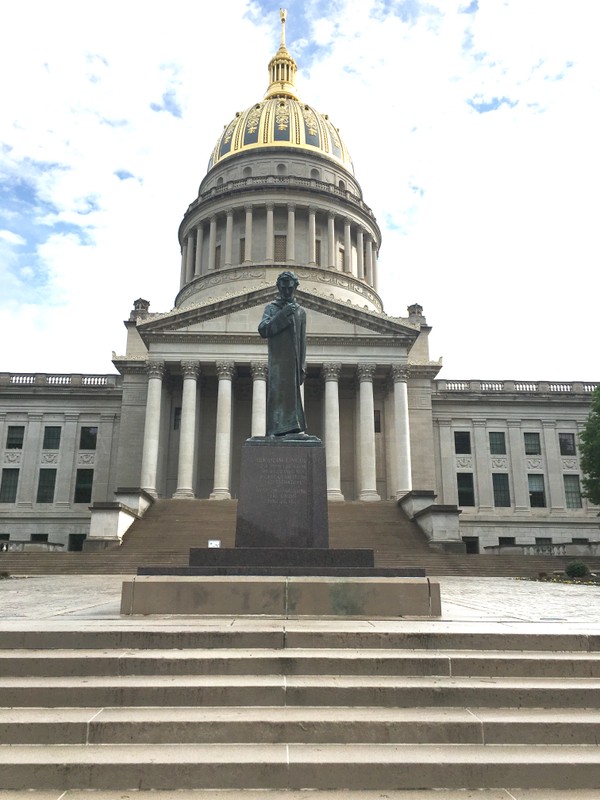
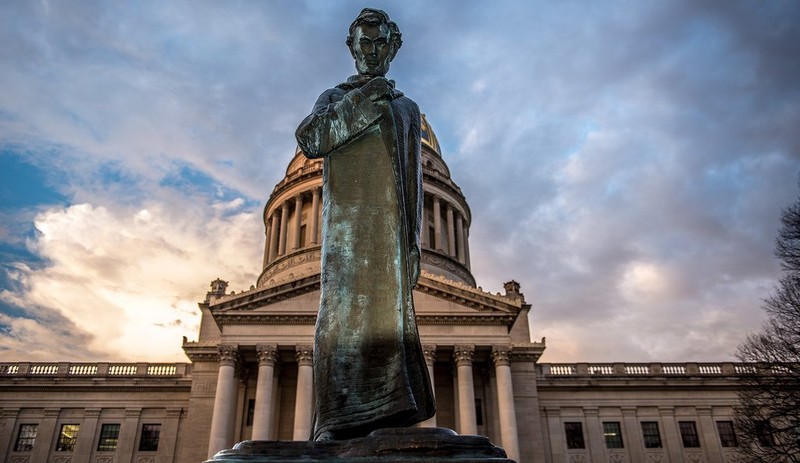
Poet Vachel Lindsay.

Abraham Lincoln, 16th President of the United States of America.
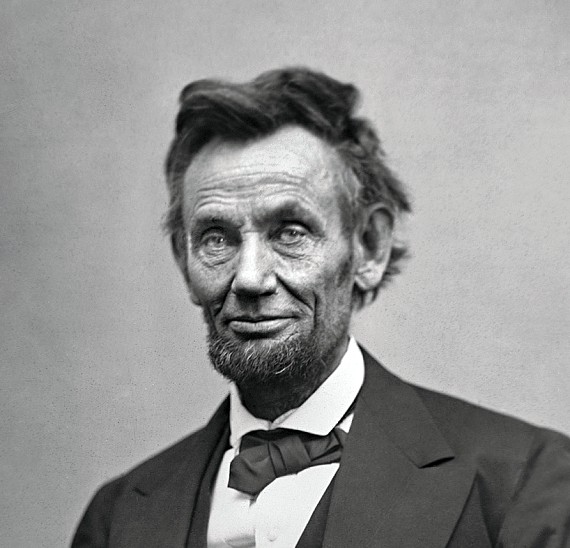
A side view of "Lincoln Walks at Midnight."
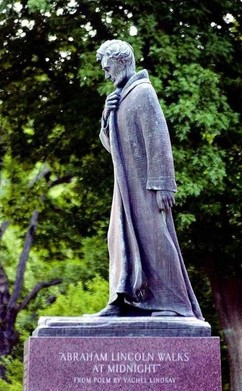
Map of Virginia, 1851.
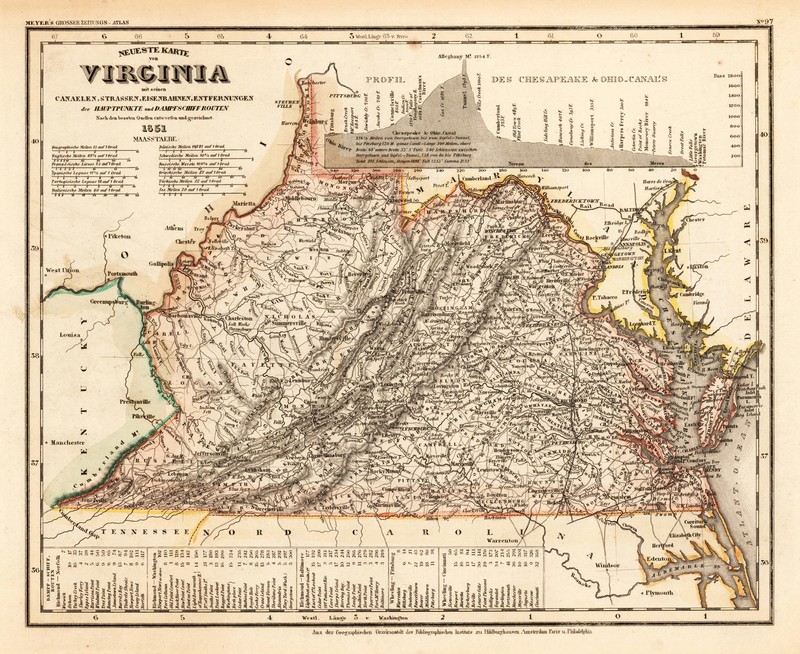
Territory of Kanawha; Proposed name of state, 1861.
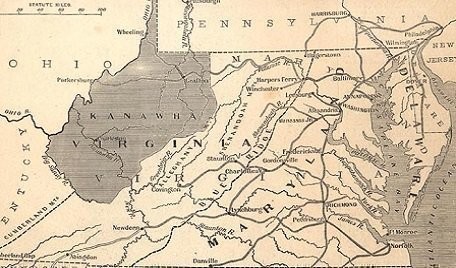
Map of West Virginia, 1863.
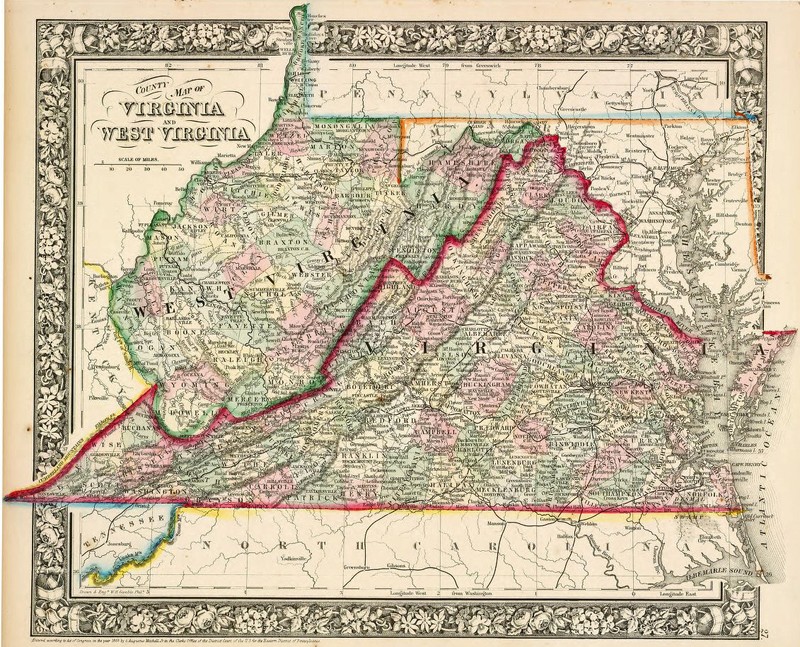
A county petition asking the House of Representatives to pass the West Virginia Statehood Bill.
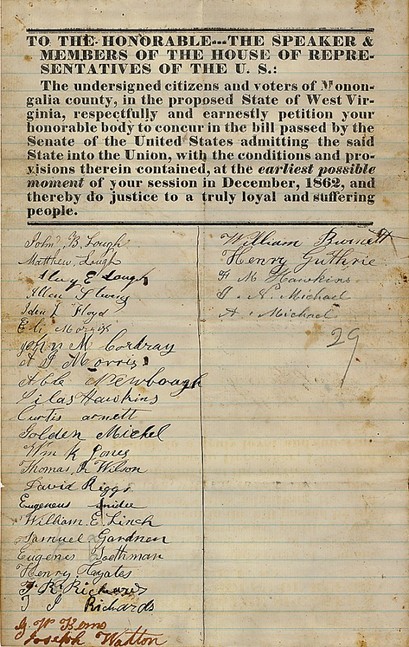
Backstory and Context
Text-to-speech Audio
West Virginia is one of three states that came to be as a result of the American Civil War, yet it is the only one to have been carved out of another state. Starting in the 1820s, friction between eastern and western Virginia led to a series of conflicts, and residents in western counties generally grew to resent the power of planters in the Tidewater region. From the geographical factors that separated the two frontiers, to unfair representation and taxation, and even ethnic differences, it seemed that the western part of the state was itching to secede given the opportunity. On April 17, 1861, the representatives would be led to an opportunity to accomplish this when Virginia voted to leave the Union with a vote of 88-55. Representatives who voted against the secession later held two conferences in Wheeling on May 13 and June 11 of 1861 to decide whether they would separate from their mother state.
For some time, Virginia had two governments. Francis H. Pierpont was selected as governor of the western part of the state, while Waitman T. Willey and John S. Carlile were elected U.S. senators. The “Restored Govenement called their territory Kanawha. Many citizens of the western part of Virginia did not wish to separate from the state to form a new one, but when the time came on May 13, 1862, after the third Wheeling convention, “West Virginia” would be named a potential new state under loyalty of the Union. However, the president himself, Abraham Lincoln, had a few concerns of whether this could be deemed legal. He would write to Pierpont himself, who he called “Peirpoint” in his letters, “Yours of the 14th received. Make haste slowly. Things are improving by time. Draw up your proclamation carefully, and, if you please, let me see it before issuing," the president would urge him.
Lincoln was under considerable political stress regarding West Virginia statehood. Lincoln was supportive of the formation of West Virginia but had two concerns that he brought forward to his cabinet: given the state of the Constitution could West Virginia form into a new state even though it hadn’t gained permission of the mother state, and would this new state be anti-slavery? Luckily for the newly formed state, since Virginia pulled away from the Union, West Virginia did not need their permission to become West Virginia, thus making the Constitution condition void. As far as slavery goes, West Virginia was not entirely keen on becoming a free state but issued in the state constitution that there would be gradual emancipation. This meant slaves could be free if they were newly born or elderly, while those in-between would work off their servitude till their 25th birthday. On December 31, 1862, Abraham Lincoln acknowledged West Virginia as a Union state once terms of slavery were met with their state constitution, and sixty days later West Virginia would officially become the 35th sate of the Union.
Fairmont, West Virginia sculptor Fred Torrey designed Lincoln Walks at Midnight based on Vachel Lindsay’s 1914 poem of the same name. Lindsay's poem was published in Louis Untermeyer's Modern American Poetry book in 1919. Additionally, Composers Roy Harris and Florence Price have created scores based upon the poem. The poem depicts Lincoln's restless spirit walking through Springfield, Illinois in the midst of the Civil War. The statue represents the former president on one such night as he considers how to respond to West Virginia's application for statehood in the midst of the Civil War. The 42-inch plaster model of the statue was displayed at the 1939-40 New York World's Fair.
After Torrey’s death in 1967, the sale of the statue’s model was delayed. Though discussion of the model’s purchase was begun in 1966 the sale was not completed until 1969. In 1974, Charleston artist Bernard Wiepper created a nine-and-a-half-foot bronze cast of the original model. The statue was placed in front of the West Virginia State Capitol to represent Lincoln contemplating the creation of West Virginia as the 35th state in the Union. Lincoln approved the West Virginia statehood bill on December 31, 1862, and West Virginia entered the Union as a state independent from Virginia on June 20, 1863. The statue is located in front of the south portico of the West Virginia State Capitol overlooking the Kanawha River and located in front of the capitol's main rotunda.
Sources
Abraham Lincoln Walks at Midnight. Revolvy. Accessed June 22, 2019. https://www.revolvy.com/page/Abraham-Lincoln-Walks-at-Midnight.
Abraham Walks at Midnight. West Virginia Division of History and Culture. Accessed May 02, 2018. http://wvculture.zenfolio.com/snapshot/h59700CEA#h59700cea.
Deacon, Sneakin. Lincoln Walks at Midnight - Charleston, West Virginia. Waymarking. January 11, 2007. Accessed June 21, 2019. http://www.waymarking.com/waymarks/WM14EW_Lincoln_Walks_at_Midnight_Charleston_West_Virginia.
Lively, Mathew W. Lincoln Signs Proclamation Admitting New State of West Virginia, Civil War Profiles. April 20th 2013. Accessed March 3rd 2020. https://www.civilwarprofiles.com/lincoln-signs-proclamation-admitting-new-state-of-west-virginia/.
Squires, J. Duane. Lincoln and West Virginia Statehood, West Virginia History. July 1st 1963. Accessed March 3rd 2020. http://www.wvculture.org/history/journal_wvh/wvh24-4.html.
"Statues of Abraham Lincoln. West Virginia". Internet Archive. 1979. Accessed February 10, 2019. https://archive.org/details/statuesoftlinc/page/n7.
"Vachel Lindsay," Revolvy. Accessed June 22, 2019. https://www.revolvy.com/page/Abraham-Lincoln-Walks-at-Midnight.
McCranie, Judson. "West Virginia State Capitol, Charleston, WV, US." May 12, 2018, Accessed June 22, 2019. https://commons.wikimedia.org/wiki/File:West_Virginia_State_Capitol,_Charleston,_WV,_US_(54).jpg
Jodie Groves
Billy Heath III
https://www.essentialcivilwarcurriculum.com/abraham-lincoln.html.
https://livingwithmyancestors.wordpress.com/tag/2nd-west-virginia-cavalry-volunteers/.
https://constitutioncenter.org/blog/on-this-day-west-virginia-starts-controversial-statehood-process.
https://www.civilwarprofiles.com/lincoln-signs-proclamation-admitting-new-state-of-west-virginia/.
https://www.civilwarprofiles.com/lincoln-signs-proclamation-admitting-new-state-of-west-virginia/.
